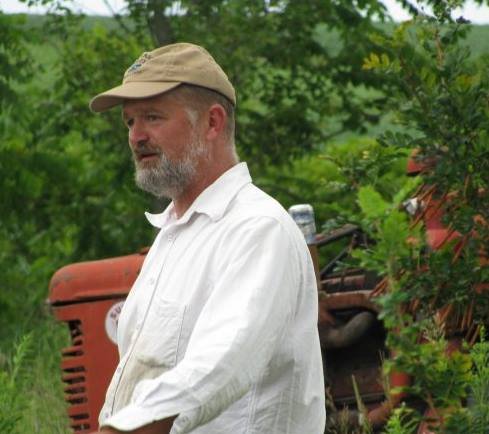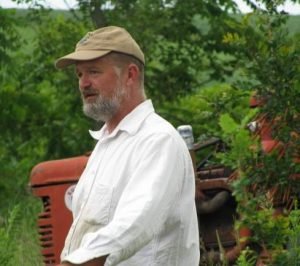Master Quote: Mark Shepard - 03/11/18


Reposted with permission from Mark Shepard
Excerpt from Restoration Agriculture, by Mark Shepard
"Any discussion about chestnuts in North America absolutely must include a mention of the previously grand American chestnut.
From the time of the last ice age up until the early 20th century, the American chestnut was the dominant tree in the eastern United States. Some people estimate that it comprised approximately 30 percent of all living biomass in the eastern forests. The tree has rightfully been called the “redwood of the East” and could almost have been called the “tree of life” for all of the good it provided. The older specimens approached 200 feet in height. Their wood was lightweight, strong and extremely decay resistant. The bark is extremely high in tannic acid and was used in the tanning industry for preserving leather until the 1930s. Each and every fall American chestnuts, from north Florida to central Maine and as far west as the Mississippi River, would rain down thousands of tons of small, sweet chestnuts to feed man as well as beast.
The re-emergence of the once nearly extinct American chestnut is a testament to the ability for human beings to be a force for beneficial ecosystem development.
Unlike most other tree nuts the chestnut is not a high-oil nut. Consequently chestnuts are nutritionally more similar to brown rice than they are to any other tree nut such as walnuts, almonds and acorns.
All was well until the early 1900s, with global travel on the increase, when a fungus was accidently introduced into North America. In the summer of 1904, Hermann Merkel, the chief forester for the New York Zoological Park (eventually to be named the Bronx Zoo), discovered the first known instance of what has now become known as “chestnut blight.” Undergoing at least one name change from Endothia parasitica to Cryphonectria parasitica, this fungal disease originated in China and was transported to the United States on specimens of naturally immune Chinese chestnuts, spreading like a biological wildfire. Some would argue that the management practices adopted by the various states and the federal government did nothing to slow the spread of the disease and in fact may have contributed much to the American chestnut’s demise."
Restoration Agriculture - 2012
CHAPTER 7 The Steps Toward Restoration Agriculture
Subsection: IMITATE THE SYSTEM
Posted from my blog with SteemPress : http://www.agsurrection.com/2018/03/11/master-quote-mark-shepard-03-11-18/
you have committed a violation please do not repeat again
@steemflagrewards